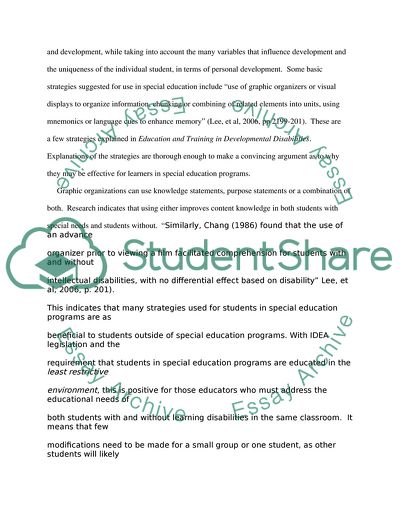Cite this document
(“Special Education Practices, Interventions And Strategies Essay”, n.d.)
Special Education Practices, Interventions And Strategies Essay. Retrieved from https://studentshare.org/education/1552552-special-education-see-instructions
Special Education Practices, Interventions And Strategies Essay. Retrieved from https://studentshare.org/education/1552552-special-education-see-instructions
(Special Education Practices, Interventions And Strategies Essay)
Special Education Practices, Interventions And Strategies Essay. https://studentshare.org/education/1552552-special-education-see-instructions.
Special Education Practices, Interventions And Strategies Essay. https://studentshare.org/education/1552552-special-education-see-instructions.
“Special Education Practices, Interventions And Strategies Essay”, n.d. https://studentshare.org/education/1552552-special-education-see-instructions.


